BU students, faculty, and staff involved in athletic training, sports medicine, and emergency medicine have long volunteered at the Boston Marathon. So it was no surprise that dozens of volunteers from the BU community were at the finish line on a cloudless Patriot’s Day a year ago today to lend their support. For some, it was their first time donning the white jackets and red caps designating them as official medical volunteers; for others, the day marked more than a quarter century wearing the special uniform.
None of the volunteers could have imagined how the relatively uneventful morning would devolve into a war zone by 3 p.m., after two explosions ripped through the finish line crowd along Boylston Street, injuring more than 260 people and killing 3 spectators—one of them BU graduate student Lu Lingzi (GRS’13). Within a 30-minute span, volunteers rushed nearly 100 people from the bombing sites to nearby medical tents, where they were stabilized before being taken to hospitals across Boston.
The University volunteers Bostonia spoke with say that what they saw that day was analogous to what soldiers might see on a battlefield. And despite all of the trauma they witnessed and dealt with, each vowed to return to volunteer this year for the 118th Boston Marathon, which promises to attract a record-breaking 40,000 runners—about 9,000 more than last year.
“You never want to have terrorism guide your life,” says Doug Comeau, a School of Medicine assistant professor of family medicine and director of sports medicine, who has volunteered at the Boston Marathon each year since 2004. “Volunteering shows support for runners and your patients, it’s my job, and it’s also therapeutic for me because I can create new memories.”
“For me to change my behavior and not work it again would be really sad,” says Antigone Matsakis (SAR’12,’14), who has volunteered four times. “This just made me want to volunteer even more.”
“I hope I never see it again”
In his 26 years of volunteering at the Boston Marathon—the last decade as a finish line captain—BU head athletic trainer Larry Venis has helped hundreds of runners. They cross the line completely fatigued, cramping, dehydrated, or suffering from heat stroke or hypothermia, depending on the weather. But last year, he recalls, started out differently. It was perfect running weather, and relatively few runners crossing the finish line required medical attention.
“Then, all of a sudden, everything kind of happened,” Venis says. “I was about 25 or 30 yards away from where the first bomb exploded. It was like being at a fourth of July event and having a cannon go off.”
At the time, he thought a sewer cover had blown off. Then seconds later came the second explosion, and he heard people screaming. Venis and Ray Castle, Louisiana State University athletic training program director, exchanged glances before taking off in the direction of the explosions, where they immediately began tearing down metal barricades so physicians could get to the injured. In the following weeks, a photo of Venis tugging at the barricades was circulated around the globe.
“I’ve gained so much more respect for our military and anyone who’s been to war, based on what I saw,” Venis says. “I hope I never see it again.”

After volunteering at last year’s Marathon, athletic training student Phil Welsh (SAR’14,’16) says his experience “reaffirmed his faith in his profession.” Photo by Jackie Ricciardi
At the time of the blasts, Phil Welsh (SAR’14,’16) was standing at the end of a long line of volunteers in the wheelchair sweep team, which ushers runners needing medical attention from the finish line to the nearest medical tent. He remembers looking at the empty wheelchair assigned to him, glancing back at Medical Tent A, just 30 yards away, and immediately deciding to join the tent’s team. For the next half hour—a period he says seemed infinitely longer—he helped people suffering from anxiety and those needing tourniquets.
Welsh says his BU training helped him keep calm throughout the chaos. “People are at their worst right now, but medically I’m in good shape,” he remembers thinking. “I need to take advantage of that and use what I can to help other people. Doing nothing is unacceptable.”
Mark Laursen, a Sargent College clinical associate professor and director of athletic training services, was nearby helping coordinate efforts in the same medical tent. The space is divided each year into 24 sections, each with a physician, a nurse, an athletic trainer, medical records personnel, an emergency medical technician, and 10 beds. The tent is like “a basic emergency room that stretches a city block,” says the 10-year volunteer. But immediately after the bombings, emergency personnel divided part of Medical Tent A into four trauma levels. The section Laursen typically oversees, the heat deck, became the morgue.
The injured started arriving in the tent within minutes of the blasts. Volunteers shouted instructions over the din as hands rapidly exchanged supplies. Patients were triaged, treated, and transported by ambulance in record time. Boston’s medical personnel had trained for such a mass casualty scenario, never envisioning that Marathon Monday—the day of the city’s quintessential annual sporting event—would be the first time they’d have to implement the plan.
“It wasn’t chaos,” recalls Ray Levy (SAR’99, SPH’01), associate director of physical education programs at the Fitness and Recreation Center, a marathon volunteer since 1994. “People knew their roles….It gave you a sense that you don’t ever want to see that happen again. But if it does, we’ve got a pretty good system and people to handle it.”
Laursen remembers slipping into a “we’re going to take care of the patients who are in front of us” mentality. Although he had dozens of friends and colleagues at the finish line, he knew he couldn’t think of them yet. “You really didn’t know whether they were alive or dead,” he says.

Laursen (from left) and fellow University staff members Doug Comeau, Ray Levy, and Larry Venis volunteered at the 2013 Boston Marathon and plan to return this year. Photo by Jackie Ricciardi
Three blocks to the east, in Medical Tent B, Comeau and Matsakis were tending to victims’ shrapnel wounds and lacerations—serious injuries, yet not nearly as serious, they knew, as what their colleagues were dealing with closer to the finish line.
Wracked by a feeling of helplessness and pangs of guilt as a physician stationed far from the main trauma, Comeau gazed in the direction of Medical Tent A. He thought of his wife and toddler at home and called them with a quick message—“I don’t know what’s going on. Something’s at the finish line. I’m OK. Let the word out.”
The most trying part of her job, Matsakis says, was dealing with the runners who’d crossed the finish line immediately after the blasts and were panicked that their loved ones might be among the injured—or worse. “I told them that you need to let me treat you,” she remembers saying. “If you’re not OK, you can’t go find them.”
By 4 p.m., all the seriously injured victims had been cleared from the medical tents. It was only later that volunteers discovered how effective their actions at the curbside hospitals had been: every patient they’d treated survived.
“There’s no place else that this amount of trauma could happen and this few people have died,” Laursen says.
Finding solace, looking ahead
One-by-one, the BU volunteers regrouped and discovered with relief that none of their colleagues had been injured. They hugged. Some cried. Most were speechless. While a handful remained to help pack supplies and tear down the medical tents, others began the long, circuitous walk back to the Charles River Campus. (The T was shut down, and the FBI, state troopers, and local police had already sealed off the Marathon route as a crime scene.)
In the following days and weeks, some of the volunteers met for group therapy sessions sponsored by Student Health Services Behavioral Medicine. Others learned to cope with the help of family and friends. Laursen and Matsakis found loud noises and sirens disturbing for months after the bombings. (Matsakis has since found solace through meditation.) Comeau, who also is Boston College’s team physician, would suddenly feel nervous standing in the Eagles’ football stadium when ceremonial cannons fired or planes flew overhead. Welsh says he had trouble focusing on schoolwork as finals approached, even though many of his professors used their class time for therapeutic discussions about the bombings. And Venis remembers feeling anxious while waiting for his turn at the barbershop. “I went for a haircut,” he says. “When you go to the barber, you chat.” But he wasn’t ready to discuss what he’d witnessed that day.
Most of the BU volunteers interviewed have returned to Boylston Street, either to view the Marathon memorial that had sprung up in Copley Square or to grab dinner at a local restaurant. Although most acknowledge feeling nervous about volunteering at next week’s Marathon, all say they’re looking forward to wearing their red hats and white jackets again.
“It’s really a special day here,” Levy says. “I just want to see that restored.”


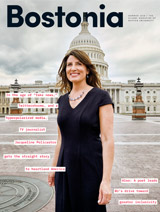
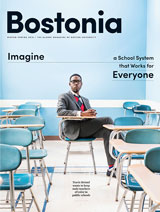
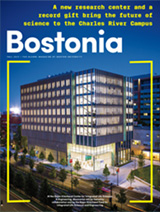
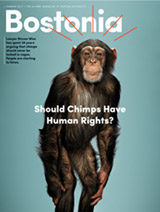
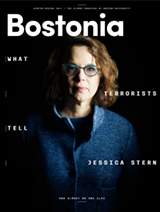
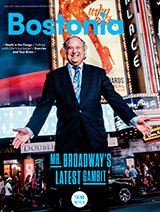
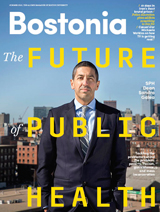
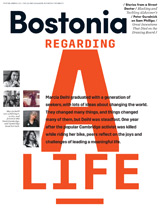
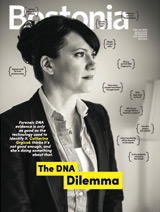
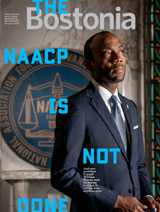
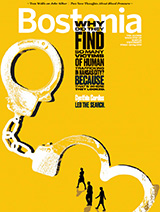



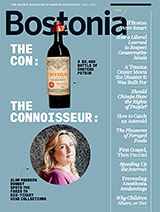
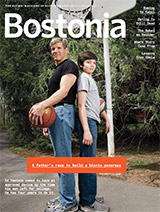
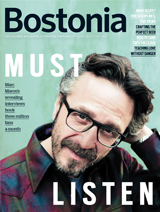
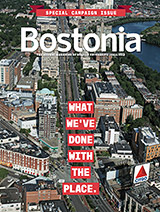
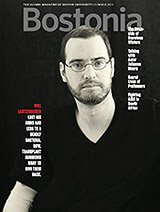
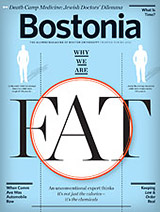
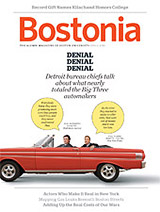
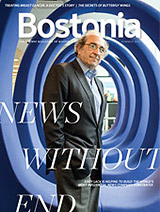



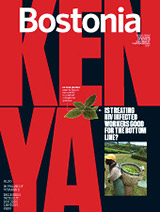
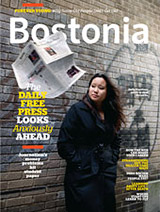
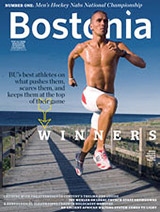
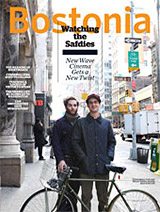


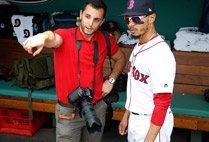
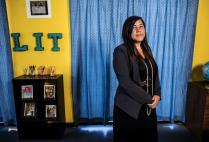
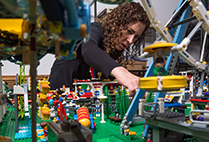

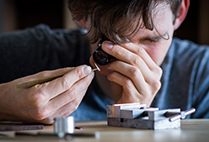
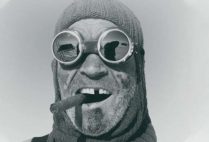
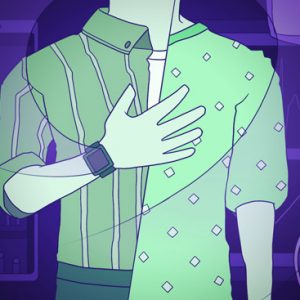
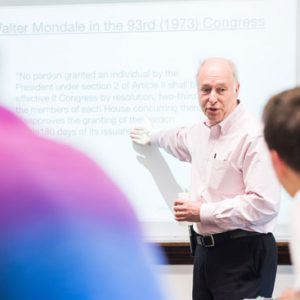
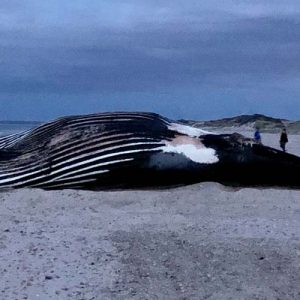
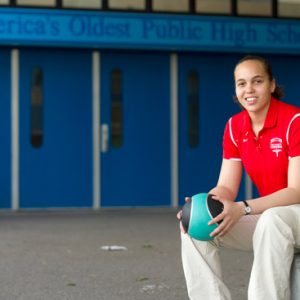
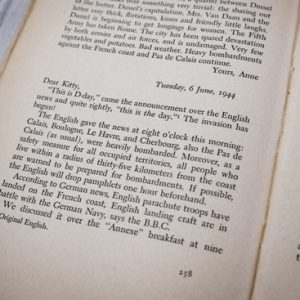
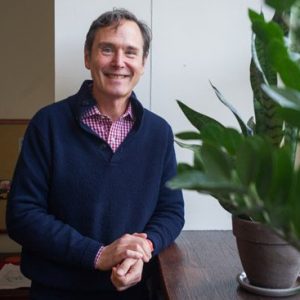


Related Stories
Run the Boston Marathon in Honor of Lu Lingzi (GRS’13)
Lu family gives five spots to runners from BU community
2013 Tragedy Impetus for Running to Help Others
BU students to race in 2017 Boston Marathon
BU Teams with Goodwill on Marathon Monday
Questrom freshman runs with support from SAR coach, COM’s PRLab
Post Your Comment